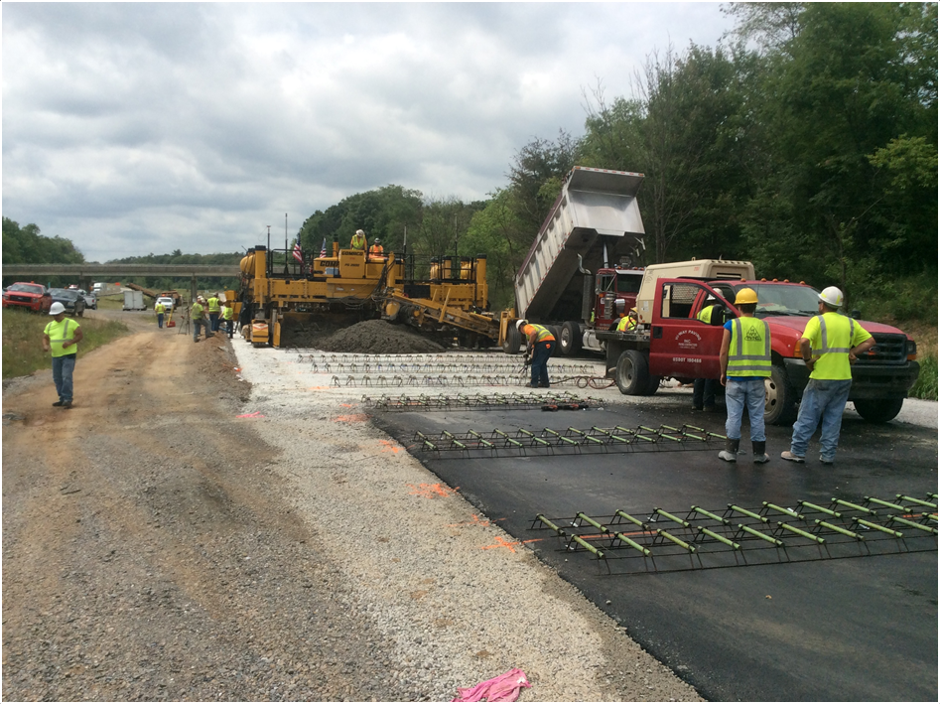I.Introduction
The growing concerns around environmental issues make effective waste management an essential priority. Landfills, as the most common waste disposal method, pose significant risks to soil and groundwater due to leachate contamination. The prevention of seepage from these landfills is critical for protecting the environment and ensuring public safety. This is where geomembranes come into play. Known for their excellent impermeability and durability, geomembranes are widely used in environmental engineering to safeguard against the infiltration of harmful substances.

II.The Need for Seepage Prevention in Landfills
Leachate Composition and Environmental Hazards
Leachate is a byproduct of waste decomposition mixed with precipitation infiltrating the landfill. It often contains heavy metals, organic pollutants, and other hazardous substances. Without proper containment, these pollutants can leach into the soil and groundwater, causing long-term ecological damage and health hazards.
Role of Seepage Prevention Systems
Seepage prevention systems, including geomembranes, act as barriers to prevent the migration of pollutants. They are essential in ensuring the long-term safety and sustainability of landfill operations. A well-designed system protects natural resources, reduces environmental risks, and complies with increasingly stringent environmental regulations.
III.Key Characteristics of Geomembranes
Material Composition and Classification
Geomembranes are flexible synthetic membranes made primarily from high-density polyethylene (HDPE) or low-density polyethylene (LDPE). Among these, geomembrana HDPE 0.5mm is a popular choice due to its balance between thickness, flexibility, and strength.
Performance Features
Impermeability: Geomembranes are highly impermeable, ensuring effective containment of leachate.
Corrosion Resistance: They withstand exposure to chemicals and harsh environments.
Mechanical Strength: Geomembranes demonstrate excellent tensile strength, tear resistance, and flexibility, making them suitable for varying site conditions.
Ease of Installation
One of the advantages of geomembranes is their ease of installation. They can be quickly laid, welded, and inspected, ensuring project timelines are met without compromising quality.
IV.Application of Geomembranes in Landfills
Design and Layout
Effective landfill design incorporates geomembranes as the primary barrier against seepage. Key considerations include selecting the right material, such as geomembrana HDPE 0.5mm, and determining the appropriate thickness based on site-specific requirements. Geomembranes are often combined with other materials, such as geotextiles and clay layers, to enhance performance.
Construction Techniques
Proper construction is crucial to the success of the geomembrane system. Steps include:
1. Base preparation to create a smooth surface.
2. Laying and welding geomembranes for a seamless barrier.
3. Testing seams and conducting quality assurance inspections.
Operational Maintenance
After installation, ongoing monitoring and maintenance are vital to prevent physical damage, aging, and potential failures. A robust maintenance plan ensures the longevity of the system and minimizes repair costs.
V.Case Studies: Geomembranes in Action
Successful Applications
Numerous landfill projects worldwide have successfully utilized geomembranes to prevent seepage. For example, geomembrana HDPE 0.5mm has been employed in municipal landfills and industrial waste sites, demonstrating superior performance in leachate containment.
Proven Environmental Benefits
Studies show that geomembranes significantly reduce the spread of pollutants and improve groundwater quality. Data highlights their role in minimizing contamination, thereby enhancing the environmental and economic sustainability of waste management systems.
VI.Advantages and Challenges
Advantages
High Efficiency: Geomembranes offer excellent seepage prevention, protecting soil and groundwater.
Cost-Effectiveness: Durable and low-maintenance, they provide long-term savings.
Environmental Protection: Their use aligns with global goals for sustainable development.
Challenges
Durability Concerns: Material aging and UV exposure can affect performance.
Installation Sensitivity: Proper installation is critical to achieving optimal results.
Recycling: Disposing of old geomembranes requires proper handling to avoid secondary pollution.
VII.Future Directions
Innovative Materials
Research into advanced geomembranes focuses on improving performance and environmental compatibility. Biodegradable options and enhanced geomembrana HDPE 0.5mm products are areas of active exploration.
Smart Monitoring
Emerging technologies, such as real-time seepage monitoring and automated alert systems, can improve the reliability of landfill management.
Regulatory Support
Governments worldwide are increasingly promoting the adoption of advanced landfill technologies. Industry standards and policies are also evolving to encourage the use of high-quality geomembranes.
VIII.Conclusion
Geomembranes play a pivotal role in landfill seepage prevention, ensuring the protection of soil, water, and ecosystems from harmful pollutants. As a manufacturer specializing in high-quality geomembranes, we are committed to providing reliable and cost-effective solutions for environmental protection. By leveraging technologies like geomembrana HDPE 0.5mm, we can enhance waste management practices and contribute to a cleaner, safer future.
